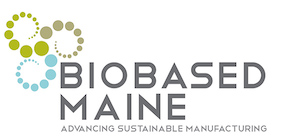How resource producers can differentiate themselves from competitors
Are most resource producers, such as agricultural, timber, and chemical companies, stuck in an outdated commodity model that constrains innovation and growth? Three experts in business strategy and leadership think so.
Mary Stacey, Marilyn Taylor and David Legge argue for new business model based on a mutual commitment to stewardship of resources and “a partnership-oriented model, in which the producers and consumers of raw materials have a mutual interest in process and product innovation.” They discuss Air Canada’s strategy to contain fuel costs and reduce price volatility by committing to consistent, significant use of alternative fuels (including biofuels).
The authors suggest that the most successful companies will emerge as “resource leaders” that are able “to see the complex interdependencies of the natural resources system; to engage key stakeholders upstream, downstream, and across sectors; and to promote innovation with economic and ecological benefits within the resource system.
These are the same messages shared by speakers at “From Plants to Products: Seizing Maine’s Market Share in the Bio-Based Economy” – the seminar organized by the Sustainable Bioplastics Council of Maine, on Wednesday, April 11. To make sure you receive the lastest bioplastics news and announcements about future events, sign up for the Council’s email list.
You can read the full article about innovation and sustainability opportunities for natural resources companies here: http://www.greenbiz.com/blog/2012/04/12/why-business-must-shift-resource-managers-resource-leaders?utm_source=E-News+from+GreenBiz&utm_campaign=0cdf9d5a45-GreenBuzz-2012-04-13&utm_medium=email
